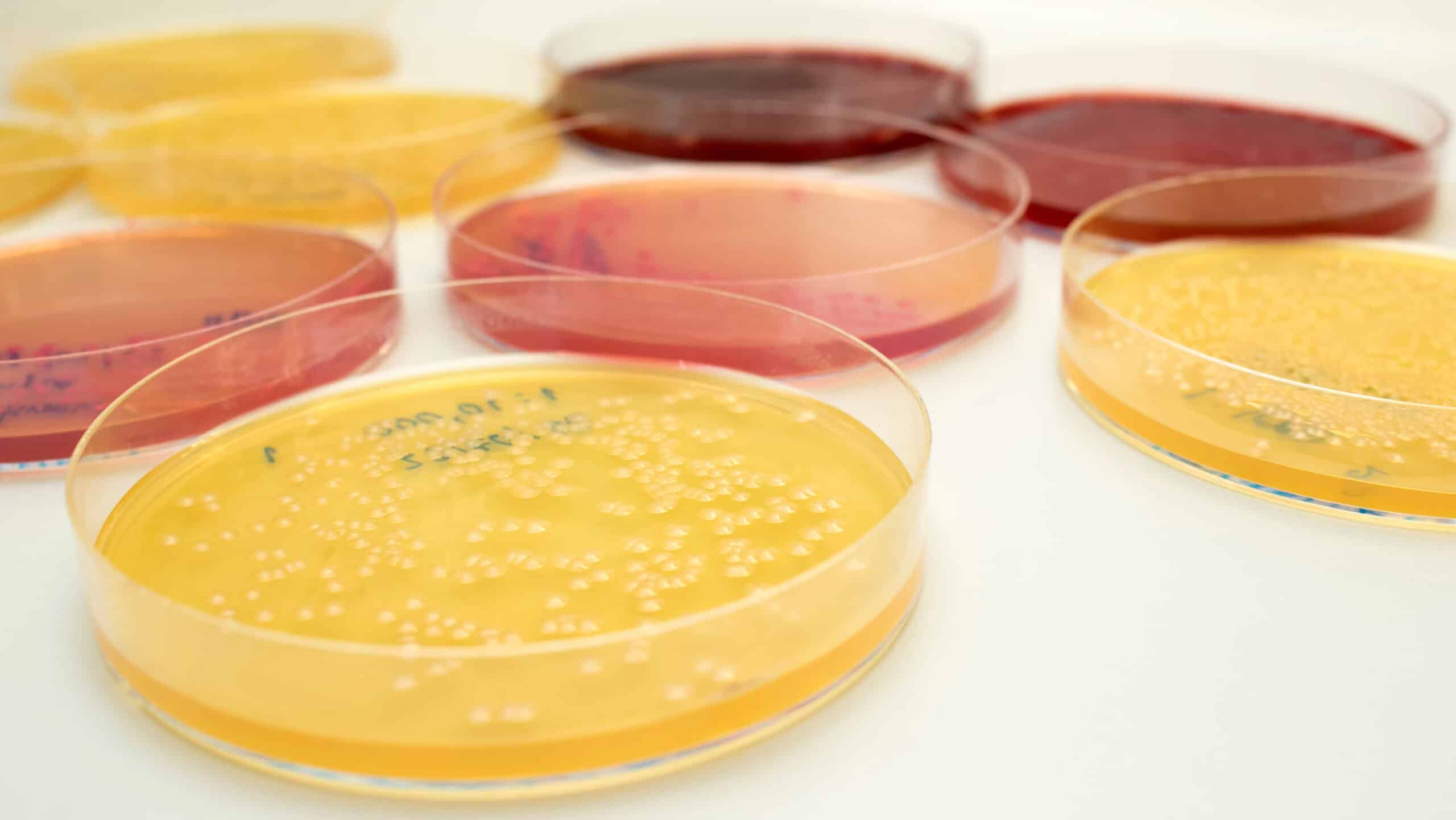
New Study Reveals How Enterococcus Bolsters E. coli in Dogs and Poultry
Recent research has unveiled that particular **subtypes of pathogenic Escherichia coli (E. coli)** drastically increase their protective capular 'slime' production when in the presence of **Enterococcus faecalis (EF)**. This occurs notably in strains responsible for **urinary tract infections in dogs** (uropathogenic E. coli, or UPEC) and **bloodstream infections in poultry** (avian pathogenic E. coli, or APEC). These infections, while severe, become even more pronounced when co-infected with EF, as EF aids E. coli's survival in low-iron environments like the urinary tract and bloodstream. The investigation, led by Grayson Walker, a veterinary medical officer at the U.S. Department of Agriculture, explored how EF interacts with E. coli, leading to not just an improved iron acquisition but also to the production of exopolysaccharide, a protective slime capsule. In a controlled study, researchers focused on the interaction between APEC and UPEC strains with EF, noting that EF-responsive strains demonstrated increased growth and capsule production. The study further involved a **chicken embryo model** revealing higher mortality rates in embryos co-infected with EF-responsive strains. Genome comparisons showed responsive strains had genes linked to virulence and capsule production. These findings suggest new avenues for targeted therapies or vaccines against these specific coinfections, potentially transforming treatments for E. coli infections in dogs and poultry.